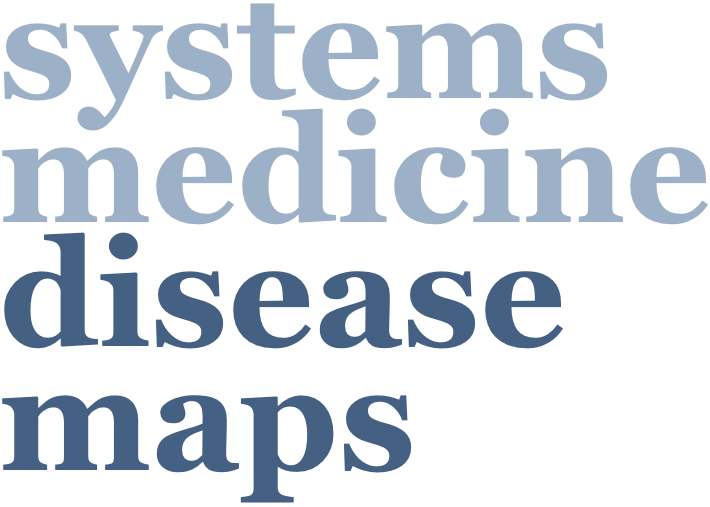
[back to the DMCM’24 Programme]
Title:
Mapping Human Immune System Development
Authors:
Christiane Spruck, Lena Teschke, Luiz Ladeira, Eliska Kuchovska, Susann Fayyaz, Fabian Grimm, Katharina Koch, Julia Tigges and Ellen Fritsche
Abstract:
Current knowledge about the development of the immune system is largely based on animal data. However, due to species differences, it is difficult to draw conclusions about the development of the human immune system based on these data. Therefore, the development of in vitro and in silico new approach methodologies (NAMs) based on human biology is needed. The physiological map should serve as a new methodology to support the proposed paradigm shift away from the exclusive use of animal experiments towards the application of human-relevant approaches. Our goal was thus to visualize the complex development of the human immune system using a physiological map.
A literature search of the PubMed database was performed to create the map. The resulting data was further processed through a systematic literature review using the online platform Sysrev. The information extracted from the papers was then visualized in the Human Immune System Development Map using the CellDesigner software. Finally, the map was uploaded to the online platform MINERVA for sharing with other scientists.
Here we show the first version of the Human Immune System Development Map. The map shows which different cell types and niches are involved during human prenatal development, including cell migration, cell-cell interactions and signalling molecules and the connection thereof. The major niches involved in development of the immune system are the aorta-gonad-mesonephros region, yolk sac, fetal liver, bone marrow, spleen, and thymus. Cell types that play a role in the development of the immune system are for example hematopoietic stem cells, progenitor cells, T-cells, B-cells, dendritic cells, macrophages, and monocytes.
In the future, the map will be expanded with additional appropriate literature in order to provide a possible tool/useful resource of the development of the human immune system and to identify potential knowledge gaps that still exist. In addition, when used to create adverse outcome pathways (AOPs), develop computational models and establish human-based in vitro NAMs for toxicological testing, the map is a valuable resource for both research and regulatory purposes.